Reviewed by Julianne Ngirngir
The iPhone 17 lineup is shaping up to be Apple's most significant in years, but here's what's really interesting: accessory makers aren't waiting around. They're already placing bets on what Apple will call its ultra-thin model, and they're going all-in on "Air" instead of "Slim." This isn't just about naming—it's about understanding Apple's marketing DNA and the psychology of premium positioning.
These manufacturers have to commit millions to expensive tooling and production runs months before Apple's official announcement. When they collectively lean toward "Air," they're essentially betting their business on understanding Apple's brand strategy better than the rest of us. That confidence reveals something crucial about where Apple is heading with this radical new form factor.
Four models are expected in late 2025: the iPhone 17 standard, the new ultra-thin iPhone 17 "Air," the iPhone 17 Pro, and iPhone 17 Pro Max. Apple is reportedly dropping the "Plus" model due to weak sales—and this makes perfect sense when you consider the iPhone 16 Plus accounts for just 13% of iPhone 16 sales. The 6.7-inch Plus is being replaced by this all-new Air variant, signaling a fundamental shift from screen size variations to design-focused differentiation.
The iPhone 17 lineup is expected to launch in September 2025, giving accessory manufacturers about nine months to design, prototype, and manufacture accessories for a device they've never actually held. This tight timeline makes their naming confidence even more significant.
Why accessory makers are betting on 'Air' over 'Slim'
Here's the bottom line: accessory manufacturers don't just read tea leaves—they analyze Apple's historical patterns, supply chain signals, and market positioning strategy. Bloomberg's Mark Gurman suggests the device could be positioned as an "iPhone Air" to boost sales, and that's exactly the validation these manufacturers needed for their expensive gamble.
The "Air" branding carries transformative weight in Apple's ecosystem. The MacBook Air didn't just represent thinness—it redefined portable computing and became a cultural icon that influenced the entire laptop industry. The shift from "Plus" to "Air" suggests Apple's deliberate evolution beyond mere screen size variations toward design-centric product categories.
What accessory makers understand is the psychology of premium positioning. "Air" implies innovation, desirability, and that special Apple magic that makes people want to hold the device even before they decide to buy it. "Slim," by contrast, sounds functional but not inspiring—like a diet product rather than a design breakthrough.
This strategy is backed by serious engineering. The iPhone 17 Air will be the thinnest iPhone ever, potentially measuring between 5mm and 6.25mm thick. That's dramatically thinner than Apple's current thinnest iPhone, the iPhone 6 at 6.9mm—we're talking about a device that could be nearly 30% thinner than anything Apple has produced in the iPhone category.
What makes this ultra-thin design so challenging for accessories
The extreme thinness creates unprecedented engineering challenges that go far beyond making cases slightly slimmer. The iPhone 17 Air is reportedly 5.5–6mm thick, requiring entirely new approaches to protection since traditional case designs simply won't work.
The device's reduced thickness depends on manufacturing a battery with a thinner substrate, with the battery purportedly around 6mm thick. This means the entire phone is designed around this ultra-slim power source, leaving virtually no room for the usual protective elements case makers rely on.
The complexity extends to fundamental design changes. The cameras might be located in the top center of the device—a significant departure from the traditional top-left corner position that's been standard for years. The iPhone 17 Air will feature a single rear camera with a centered camera bump, requiring completely new tooling approaches that affect everything from wireless charging alignment to how the phone sits on flat surfaces.
Case samples based on dimensions of the iPhone 17 line have already surfaced, raising an intriguing possibility: will the iPhone 17 Air in a standard protective case feel similar to an iPhone 16 Pro with no case at all? A thinner model will also be lighter, although the larger display will offset some weight differences, creating a unique tactile experience that maintains the "Air" feeling even with protection.
The premium positioning strategy behind the 'Air' name
This represents a fundamental shift in Apple's market approach. The slimmer iPhone 17 could have a higher price than the Pro Max model, despite having fewer features. We're talking about a device that might cost more than $1,199 while offering less functionality than Apple's current flagship—a testament to the power of design-first positioning.
Apple is signaling its commitment to an exclusive, premium fall lineup, catering to consumers seeking advanced technology and innovative design. Beginning next year, Apple's fall lineup will consist solely of premium iPhones, while budget-friendly options will be introduced in the spring.
The "Air" name signals this is the beginning of a longer-term vision. Apple's design aims to eventually incorporate the power of a Pro model into a smaller design, possibly occurring around 2027. Accessory makers are betting that "Air" represents a sustainable product category that will evolve across multiple generations, justifying their substantial tooling investments.
Apple isn't just selling a thinner phone—they're creating an entirely new category that prioritizes form over function, appealing to users who want the latest Apple design language even when it means accepting compromises on traditional smartphone priorities.
What this means for the accessory ecosystem
The accessory industry's confidence reveals Apple's broader market transformation strategy. Like the iPhone X did in 2017, the iPhone 17 Air could make Apple's other models feel instantly dated. If you just want the best possible iPhone, the 17 Pro models will continue to deliver that; but the iPhone 17 Air represents the model from the future.
However, the trade-offs create both challenges and opportunities for accessory makers. Reports indicate that only 60–70% of iPhone 17 Air users will be able to use the device for a full day without recharging, compared to 80–90% for other models. To address this limitation, Apple will reportedly revive the discontinued Smart Battery Case with a version made specifically for the iPhone 17 Air.
The extreme thinness leads to additional compromises beyond battery life—a single rear camera, single speaker, and notable durability concerns. But these limitations actually create new accessory categories: specialized battery cases become essential, audio accessories gain importance when the phone has reduced speakers, and innovative protection solutions become more valuable when the base device is more fragile.
Where the smart money is going
Accessory manufacturers aren't just guessing—they're making calculated bets based on Apple's ecosystem evolution and clear market signals. The MacBook Air became synonymous with portable premium computing, reshaping an entire industry category. The iPad Air carved out its own distinct market position between standard and Pro models. The iPhone Air represents the logical next step in this branding evolution.
What's particularly strategic about the accessory industry's approach is their preparation for what the Air category might become over several product cycles. If Apple successfully establishes "Air" as a premium design-focused iPhone category, it could influence the entire smartphone industry's approach to ultra-thin devices and form-over-function positioning.
The accessory industry's confidence also indicates a significant market segment that prioritizes design and form factor above traditional smartphone metrics. Despite all the focus on camera quality, battery life, and performance in reviews, there's clearly a substantial consumer base willing to choose beauty over functionality—and pay premium prices for the privilege.
PRO TIP: If you're planning to upgrade to the iPhone 17 Air, start researching compatible accessories now. The unique form factor means your current cases, stands, and mounts won't work with the new ultra-thin design. Early adopters should consider pre-ordering accessories from manufacturers betting on the "Air" naming convention for day-one compatibility.
As we approach the September 2025 launch, the accessory industry's unified confidence in the "Air" naming suggests they understand something fundamental about Apple's vision for premium mobile design. This isn't just about making a thinner phone—it's about establishing a design-first philosophy that could define the next era of smartphone evolution.
Whether that gamble pays off will depend on consumers embracing form over function, but the smart money is clearly betting on "Air." The accessory manufacturers have spoken with their wallets, and they're wagering that Apple's design-first approach will create a sustainable market for ultra-premium, ultra-thin devices that redefine what we expect from mobile technology.






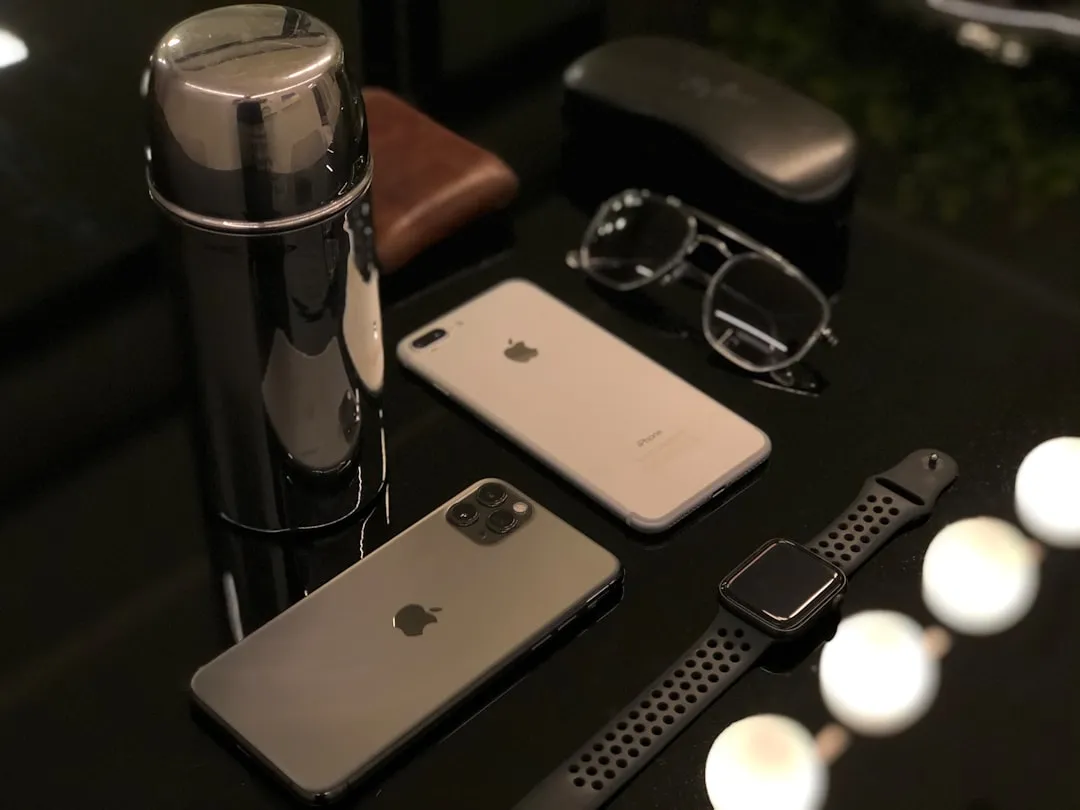
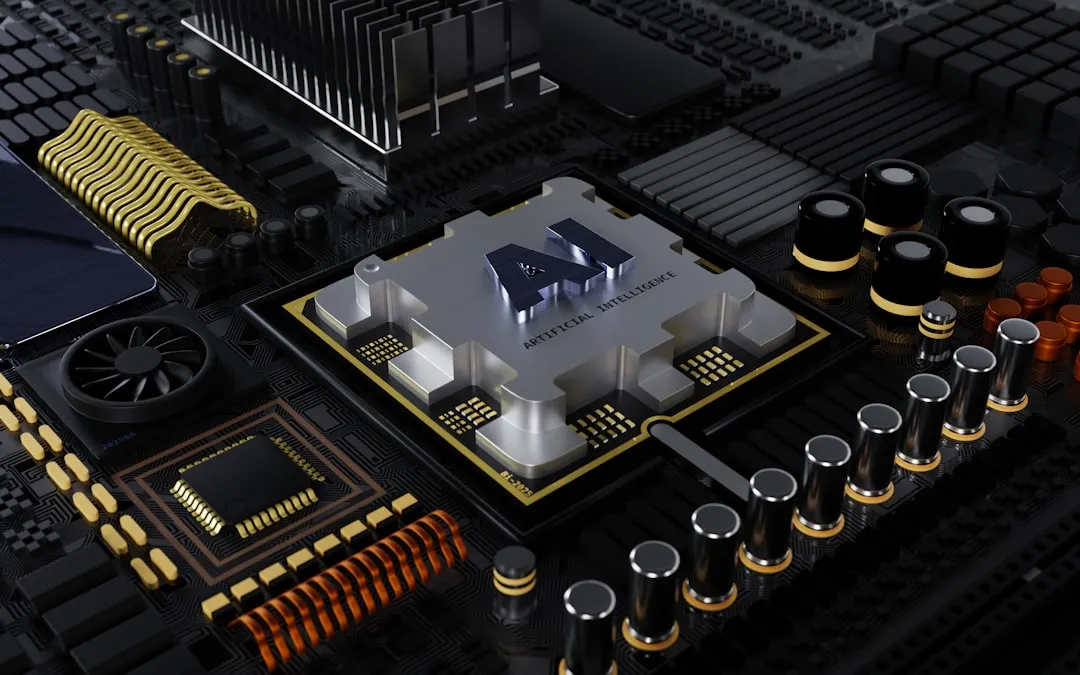
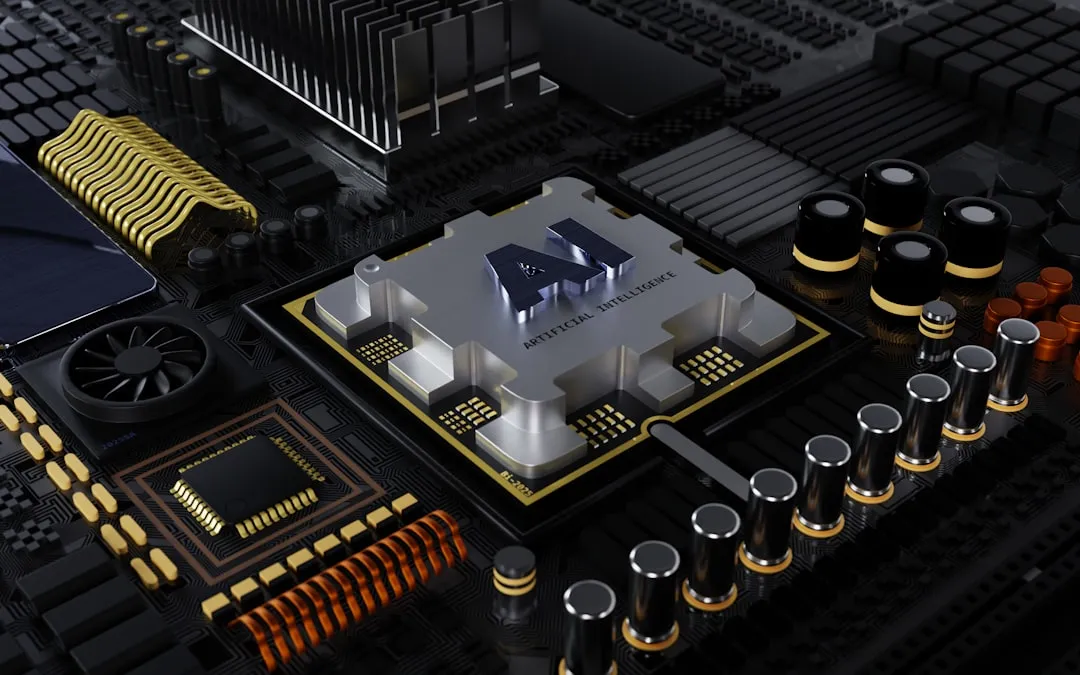
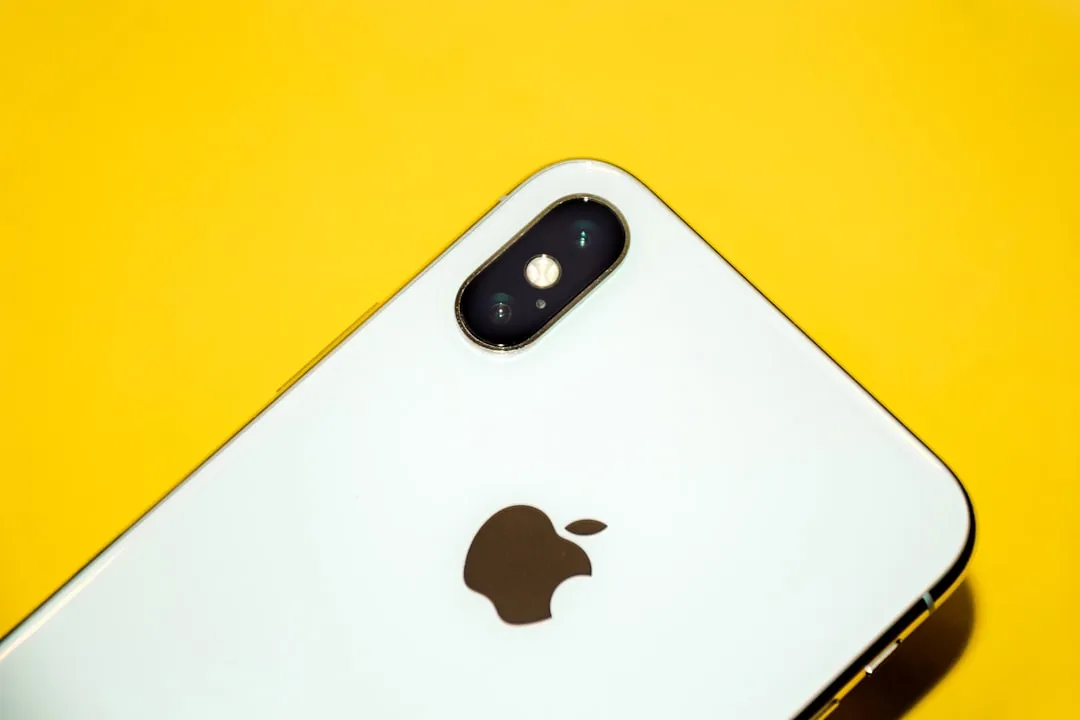

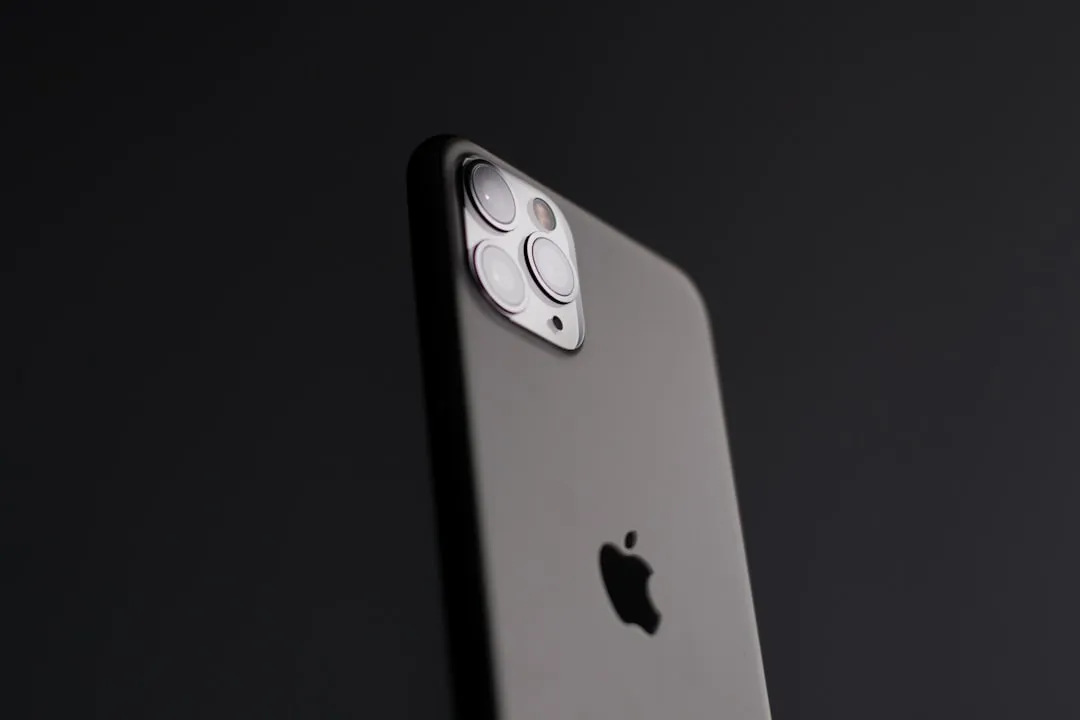


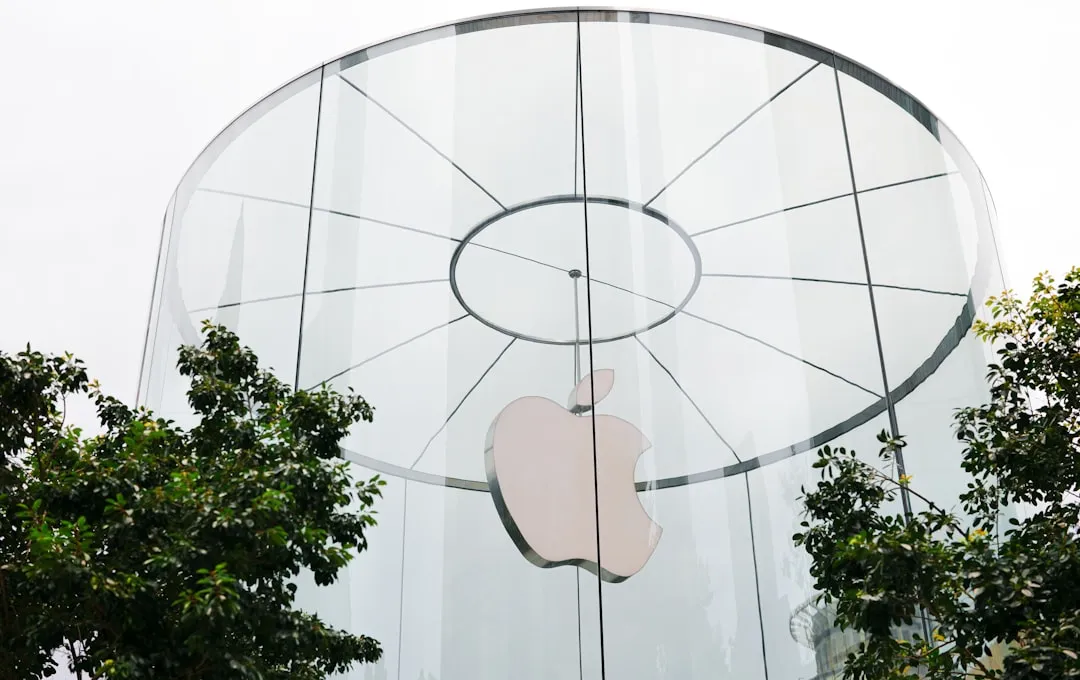
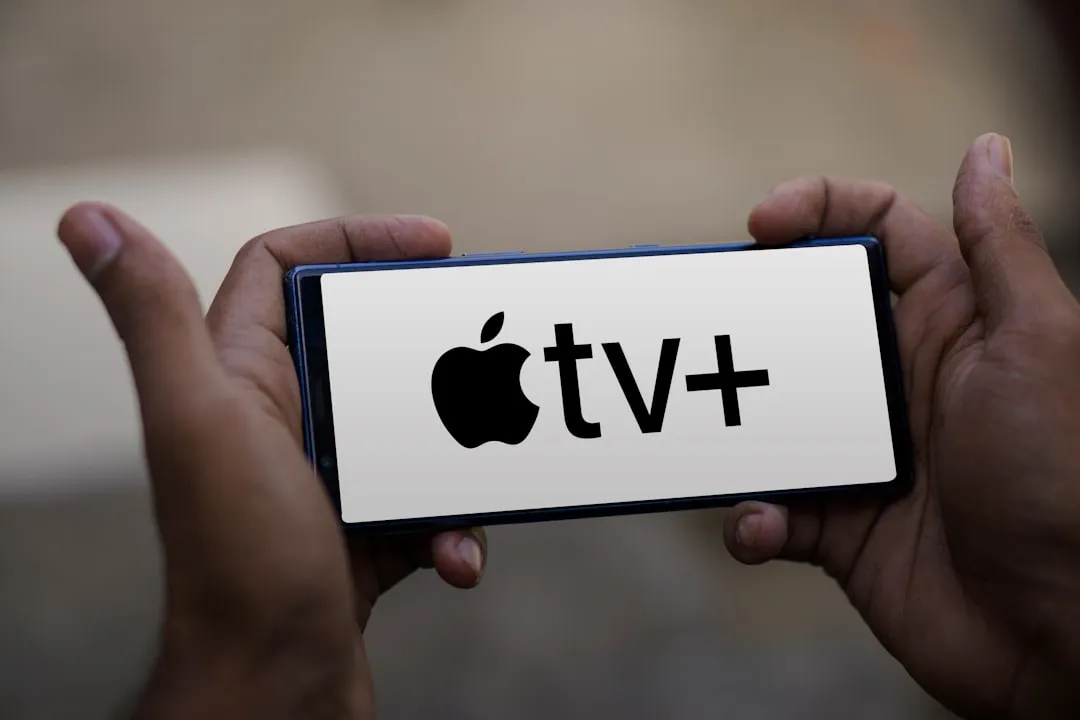
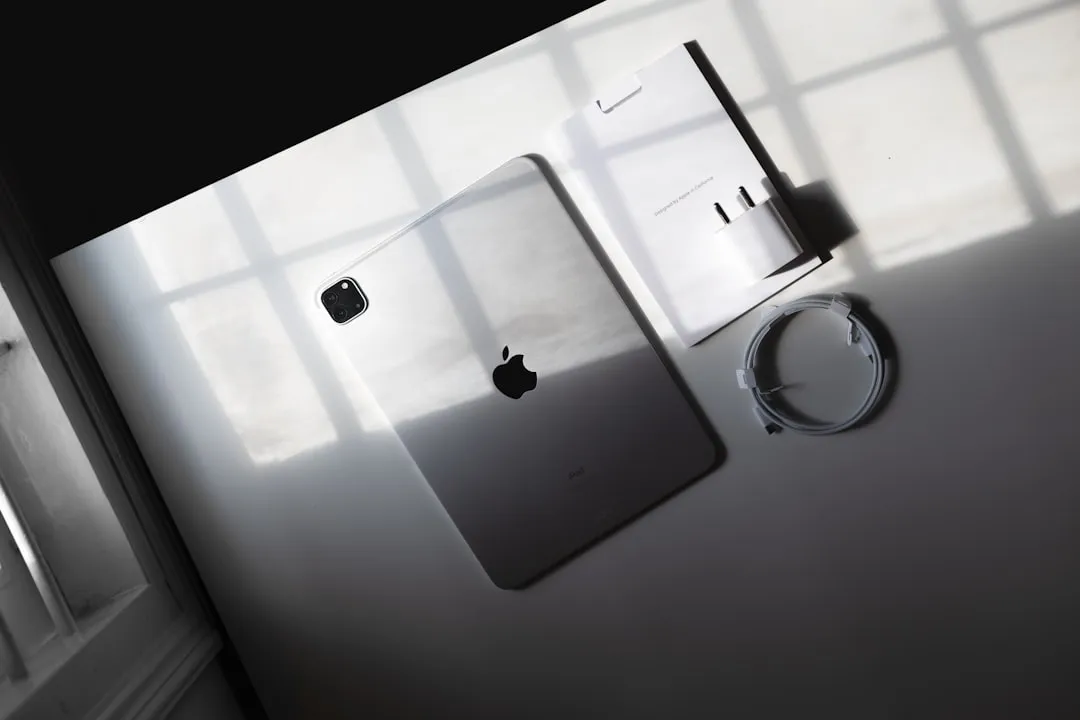
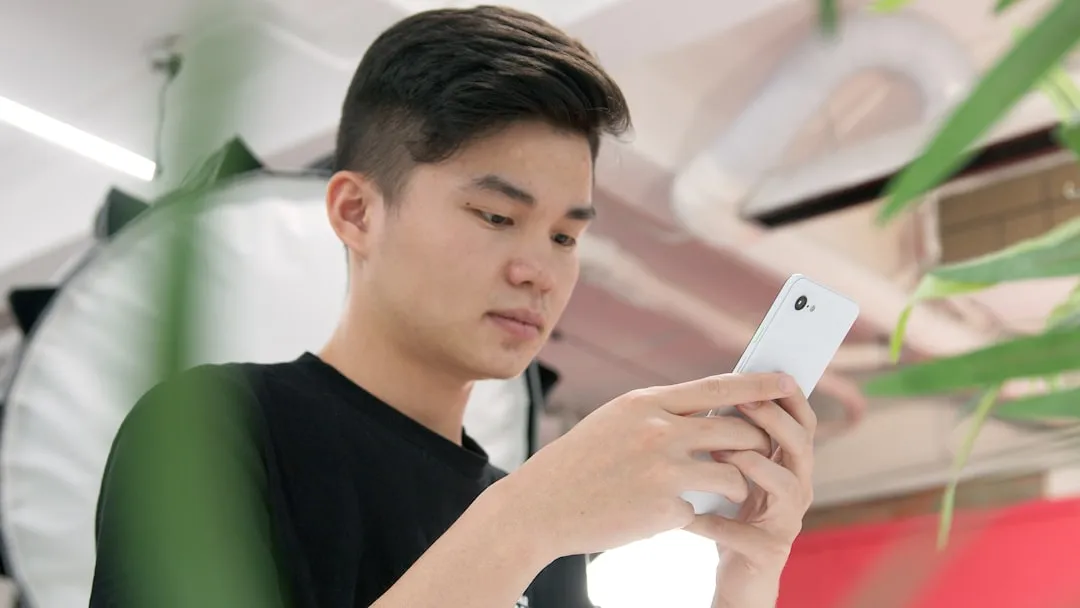
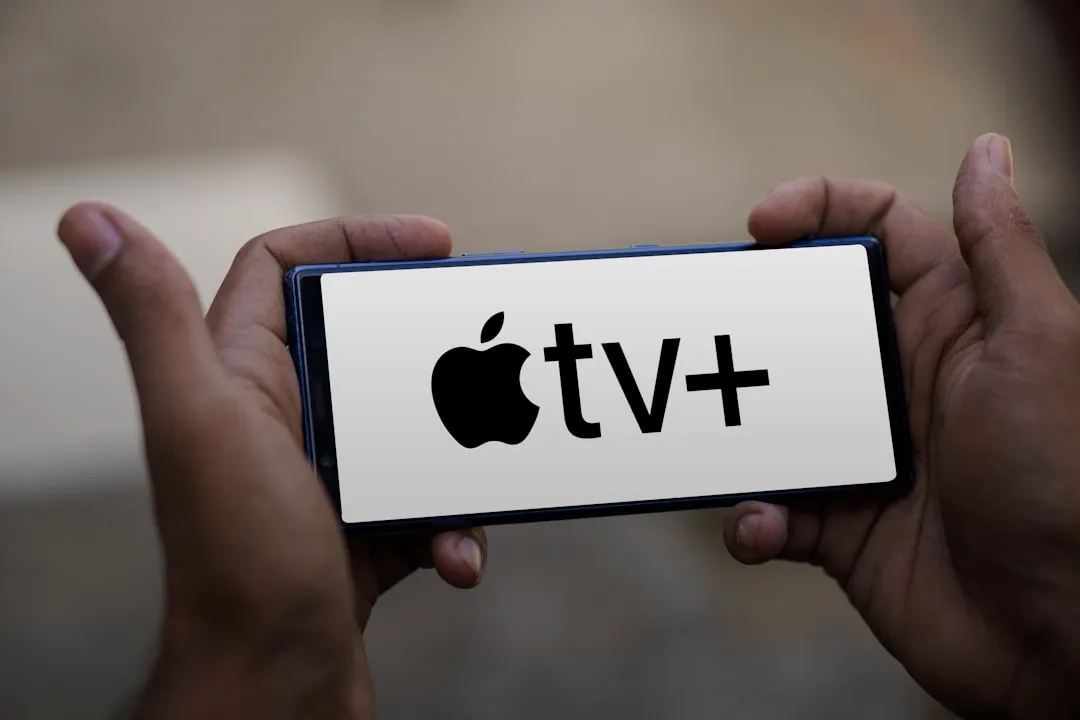

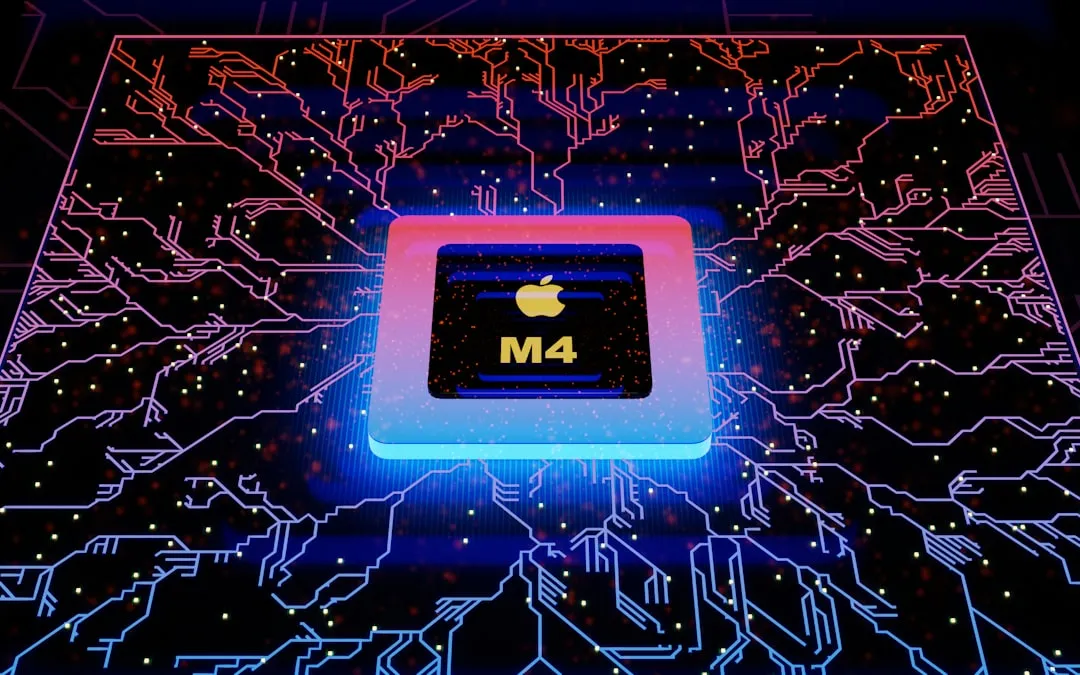
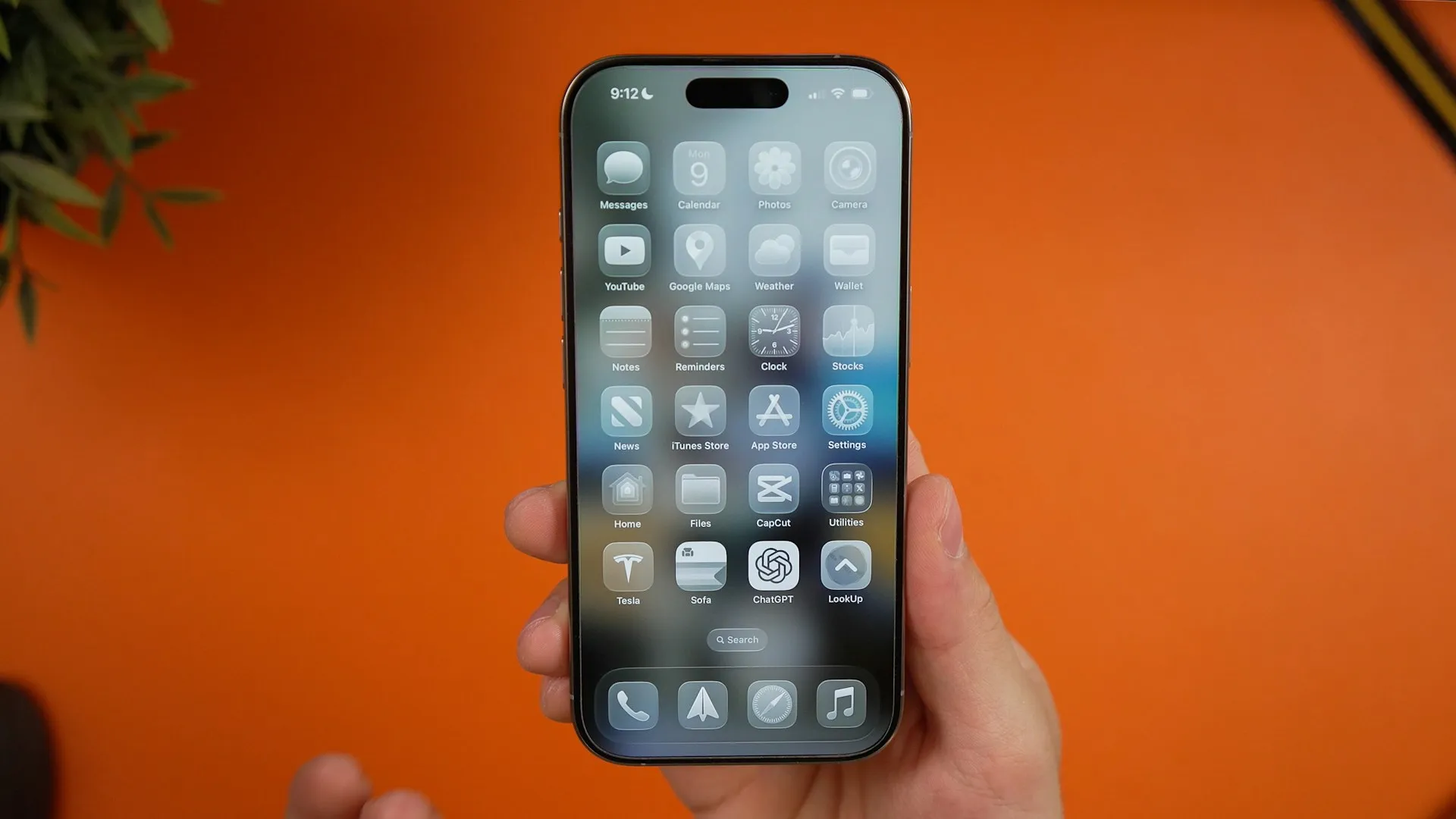

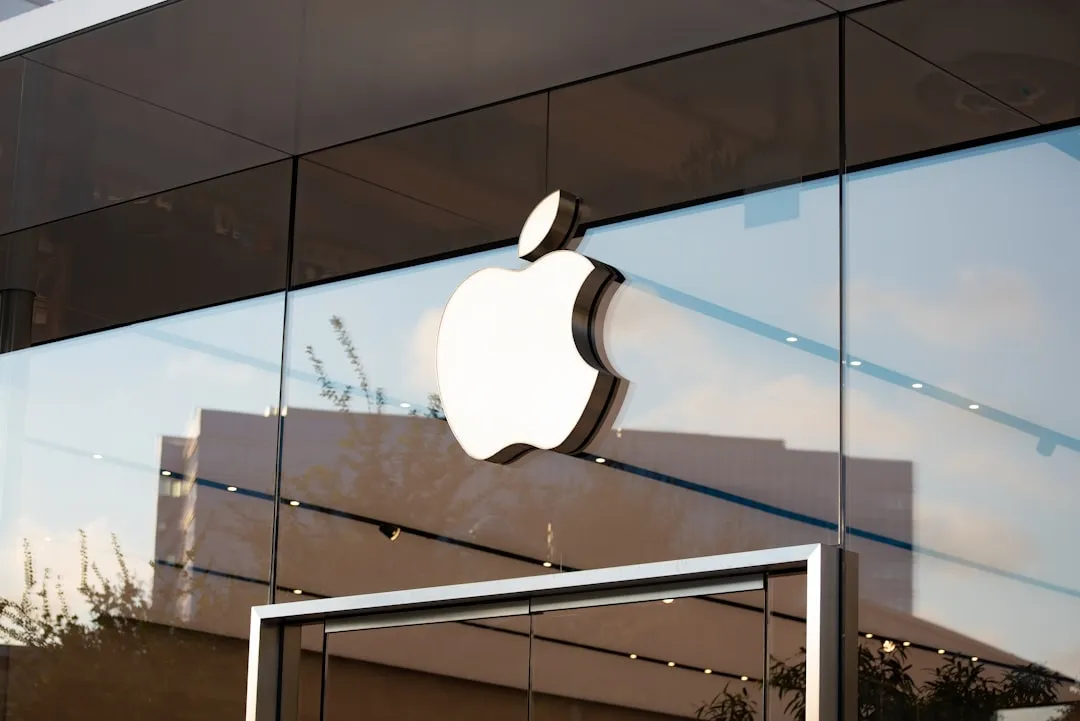



Comments
Be the first, drop a comment!